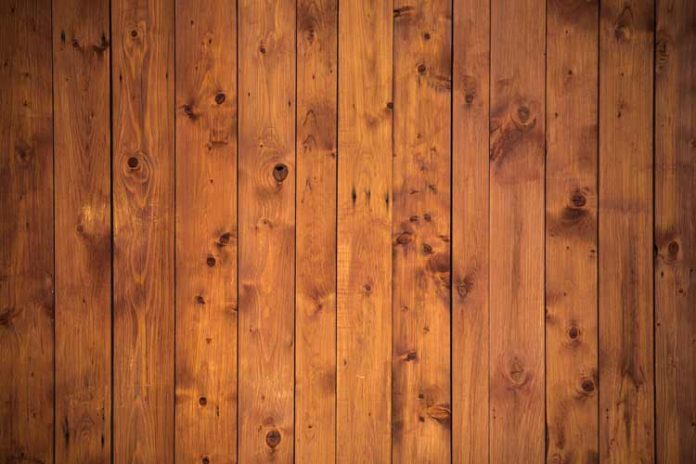Wood cladding has long been a popular choice for enhancing the aesthetics of exterior walls. It offers a natural and warm appearance that many find appealing. However, despite its charm, wood cladding may not be the best investment for your exterior walls. In this article, we will explore five reasons why wood cladding can be considered a waste of time.
Advantages of Wood Cladding
Advantages of Wood Cladding Hardwood cladding provides numerous advantages for exterior walls. Firstly, it adds a touch of elegance and warmth, creating a visually appealing façade. The natural variations in color and grain patterns of different wood species further enhance the aesthetic appeal. Secondly, wood is a renewable resource, making it an environmentally-friendly choice.
- High Maintenance: One of the primary downsides of wood cladding is its high maintenance requirements. Wood is a natural material vulnerable to various environmental factors, such as moisture, insects, and rot. Regular maintenance, including sealing, staining, and painting, is necessary to protect the wood from these threats. Failure to maintain wood cladding adequately can result in costly repairs or even the need for complete replacement. This constant upkeep can be time-consuming and burdensome for homeowners, making wood’s cladding a less practical option.
- Durability Concerns: While wood cladding can provide an attractive appearance initially, its durability over time is questionable. As mentioned earlier, wood is prone to rot, decay, and insect infestation. Exposure to the elements, such as rain, snow, and UV rays, can cause the wood to deteriorate, leading to cracks, warping, and discoloration. Unlike other materials like brick or stone, wood’s cladding is not built to withstand long-term weather exposure without significant maintenance efforts. Consequently, the need for ongoing repairs and replacements can make cladding an impractical choice.
- Environmental Impact: In today’s era of increased environmental consciousness, it is crucial to consider the ecological impact of building materials. Wood cladding raises concerns due to its contribution to deforestation and habitat destruction. The demand for wood products often leads to the exploitation of forests, which can have severe consequences for biodiversity and ecosystems. Furthermore, the process of manufacturing and treating wood cladding often involves the use of chemicals and energy-intensive procedures, further adding to its environmental footprint. Opting for sustainable alternatives like composite cladding or recycled materials can be a more responsible choice.
- Fire Hazard: Another significant drawback of cladding is its susceptibility to fire. Wood is a combustible material, making it vulnerable to ignition and spreading flames. In regions prone to wildfires or areas with strict fire safety regulations, wood cladding may pose a significant risk. Using non-combustible materials, such as fiber cement or metal cladding, can offer better fire resistance and provide homeowners with added peace of mind.
- Cost Considerations: Wood cladding can be an expensive investment in terms of the initial installation costs and the long-term maintenance expenses. High-quality wood materials, such as cedar or redwood, can be exceptionally costly. Additionally, the regular upkeep, including painting, staining, and sealing, can add up significantly over time. Alternative materials like vinyl or fiber cement cladding offer lower installation costs and minimal maintenance requirements, making them more cost-effective options for exterior wall coverings. o read more information visit our website home page my great fest.
While wood cladding may possess a certain charm, it is essential to weigh its drawbacks against the benefits before opting for this material for your exterior walls. The high maintenance requirements, durability concerns, environmental impact, fire hazard, and cost considerations associated with wood cladding make it a less practical and potentially wasteful choice. Exploring alternative materials that offer greater durability, lower maintenance, and improved sustainability can provide a more sensible and efficient solution for your exterior wall needs.








